Introductions:
The Douglas DC-2 is a 14-passenger, twin-engined airliner that was produced by the American company Douglas Aircraft Company starting in 1934. It competed with the Boeing 247. In 1935, Douglas produced a larger version called the DC-3, which became one of the most successful aircraft in history.
In the early 1930s, fears about the safety of wooden aircraft structures drove the US aviation industry to develop all-metal airliners. United Airlines had exclusive right to the all metal twin-engine Boeing 247; rival TWA issued a specification for an all-metal trimotor.
The Douglas response was more radical. When it flew on July 1, 1933, the prototype DC-1 had a robust tapered wing, retractable landing gear, and two 690 hp (515 kW) Wright radial engines driving variable-pitch propellers. It seated 12 passengers.
Douglas test pilot Carl Cover flew the first test flight on May 11, 1934, of the DC-2 which was longer than the DC-1, had more powerful engines, and carried 14 passengers in a 66-inch-wide cabin. TWA was the launch customer for the DC-2 ordering twenty. The design impressed American and European airlines and further orders followed. Although Fokker had purchased a production licence from Douglas for $100,000 (about $2,224,000 in 2022) no manufacturing was done in The Netherlands. Those for European customers KLM, LOT, Swissair, CLS and LAPE purchased via Fokker in the Netherlands were built and flown by Douglas in the US, sea-shipped to Europe with wings and propellers detached, then erected at airfields by Fokker near the seaport of arrival (e.g. Cherbourg or Rotterdam). Airspeed Ltd. took a similar licence for DC-2s to be delivered in Britain and assigned the company designation Airspeed AS.23, but although a registration for one aircraft was reserved none were built. Another licence was taken by the Nakajima Aircraft Company in Japan; unlike Fokker and Airspeed, Nakajima built five aircraft as well as assembling at least one Douglas-built aircraft. A total of 130 civil DC-2s were built with another 62 for the United States military. In 1935 Don Douglas stated in an article that the DC-2 cost about $80,000 (about$1,780,000 in 2022) per aircraft if mass-produced.
Although overshadowed by its ubiquitous successor, it was the DC-2 that first showed that passenger air travel could be comfortable, safe and reliable. As a token of this, KLM entered its first DC-2 PH-AJU Uiver (Stork) in the October 1934 MacRobertson Air Race between London and Melbourne. Out of the 20 entrants, it finished second behind only the purpose-built de Havilland DH.88 racer Grosvenor House. During the total journey time of 90 hours, 13 min, it was in the air for 81 hours, 10 min, and won the handicap section of the race. (The DH.88 finished first in the handicap section, but the crew was by regulations allowed to claim only one victory.) It flew KLM's regular 9,000-mile route, (a thousand miles longer than the official race route), carrying mail, making every scheduled passenger stop, turning back once to pick up a stranded passenger, and even became lost in a thunderstorm and briefly stuck in the mud after a diversionary landing at the Albury race course on the last leg of the journey.
Credits:
Amazing pictures from JP11
Trivia:
This is possibly the first aircraft to land at Prague Václav Havel Airport
Bavte se!
Specifications
Spotlights
- RicardoACE 1.7 years ago
- MAPA 1.7 years ago
General Characteristics
- Predecessor Douglas DC-2
- Successors 2 airplane(s) +63 bonus
- Created On iOS
- Wingspan 84.2ft (25.7m)
- Length 61.9ft (18.9m)
- Height 22.6ft (6.9m)
- Empty Weight 14,761lbs (6,695kg)
- Loaded Weight 26,977lbs (12,236kg)
Performance
- Horse Power/Weight Ratio 0.148
- Wing Loading 30.2lbs/ft2 (147.4kg/m2)
- Wing Area 893.4ft2 (83.0m2)
- Drag Points 16557
Parts
- Number of Parts 285
- Control Surfaces 5
- Performance Cost 1,355

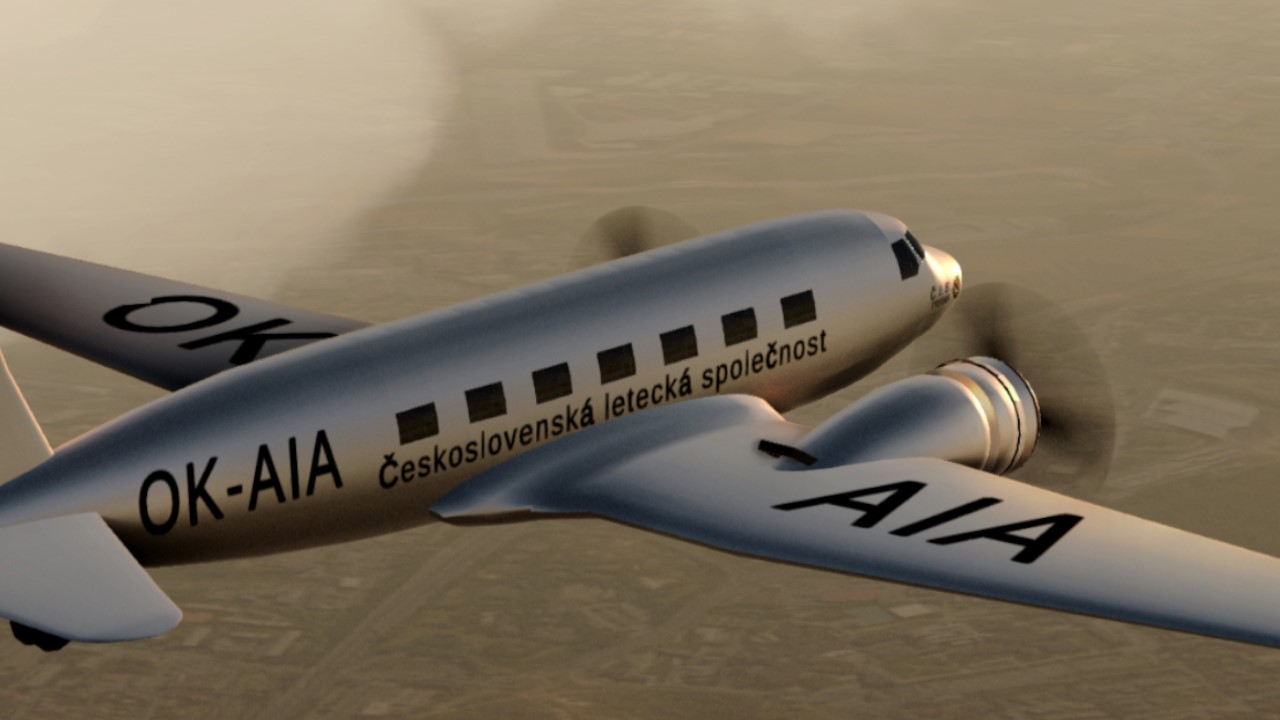
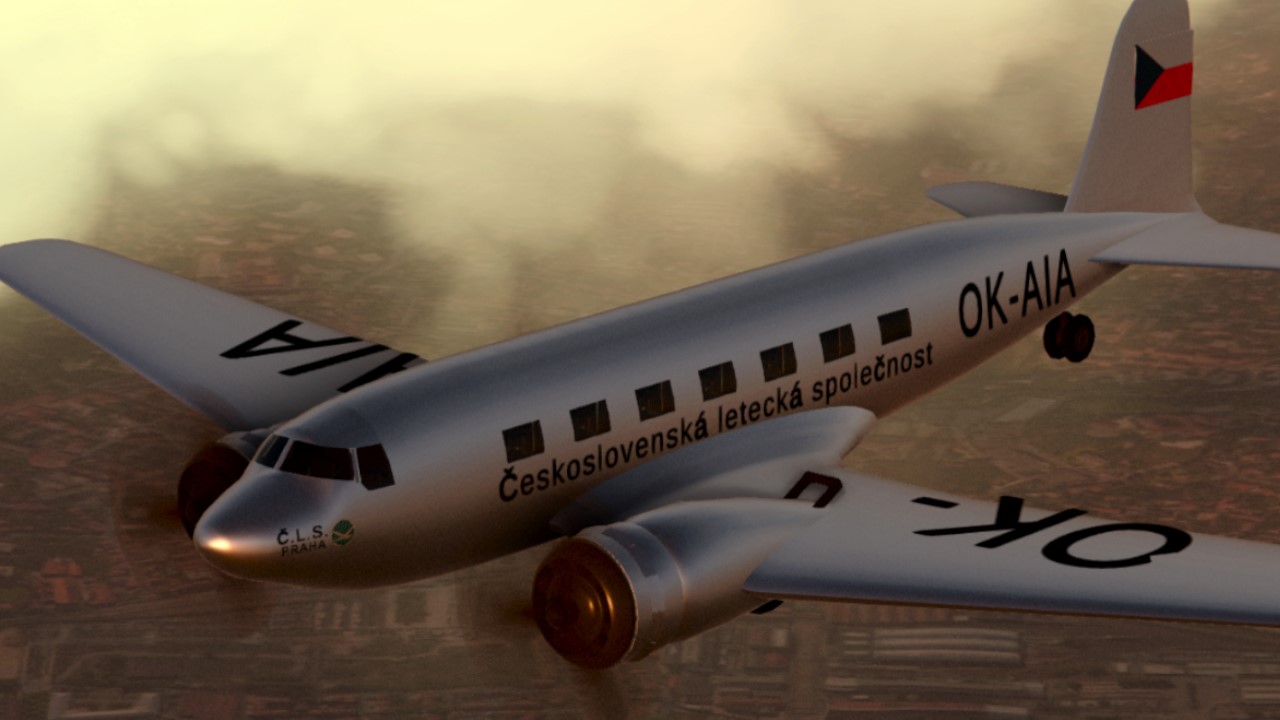
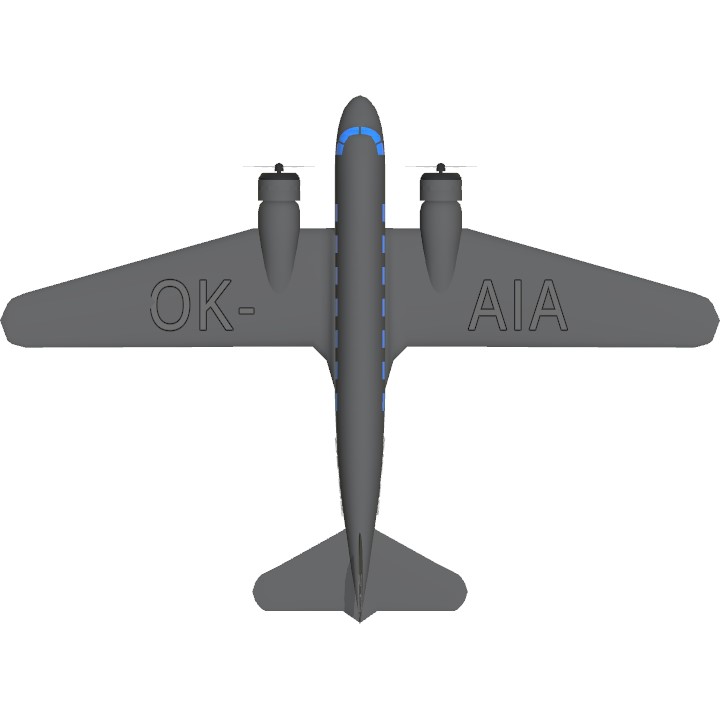
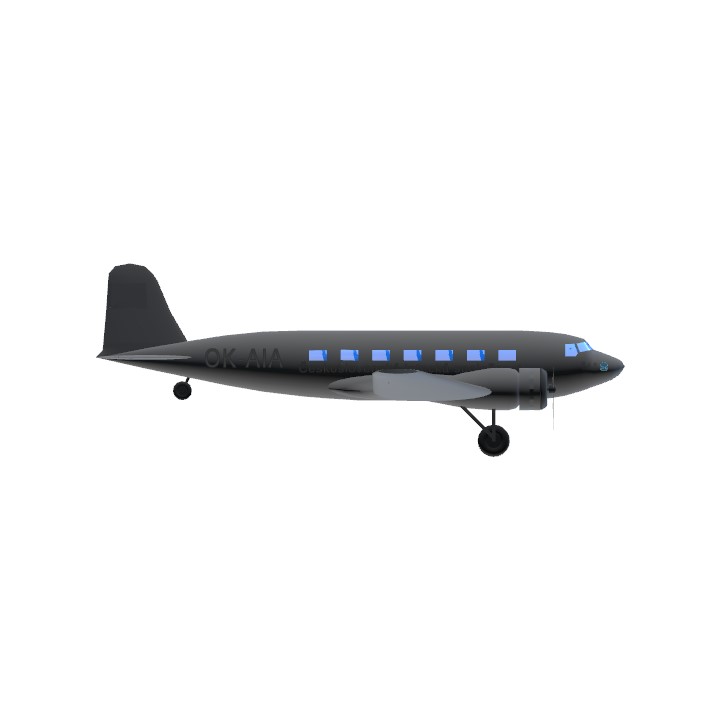
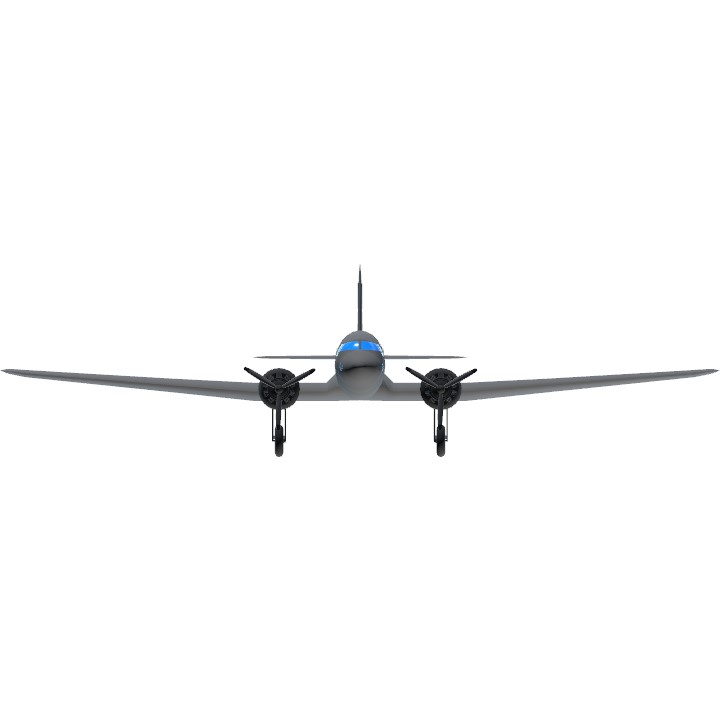
Oh I just realized that I forgot to tag the peoples:
@UnfairchildFH227
@CL125
@XAircraftManufacturer
Já se bavím! ♥️
This is one of my favorite planes! Thanks for making it!
OK的 @TheAirbusLover
Nice! @JP11
Uno Descripciones
我是快 :)